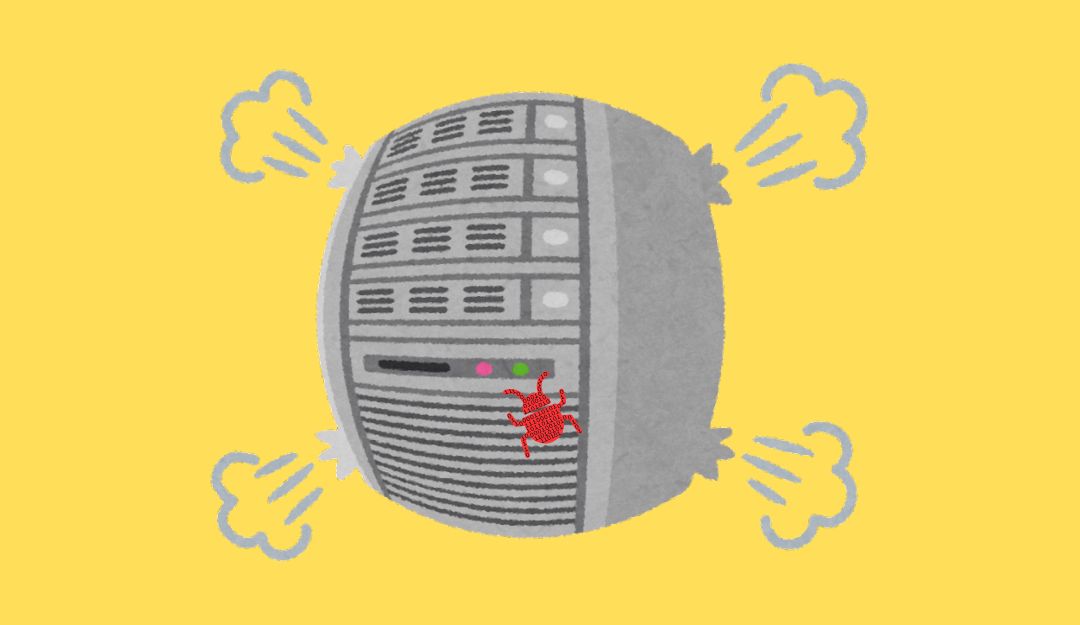What is a Server and Why is it Important?
A server is a special type of computer or software system that provides resources, data, or services to other computers, known as clients, over a network. Servers are typically connected to the internet 24/7 to ensure they can respond to requests from users at any time. Essentially, they act as central hubs that manage requests from multiple devices, ensuring users can access what they need quickly and efficiently.

Types of Servers
Servers come in many types, each serving a specific purpose:
Web Server: Delivers website content to users via web browsers. For example, when you visit a website, the web server processes your request and displays the web page.
File Server: Stores files and manages access for network users, allowing them to upload, download, or share files.
Database Server: Handles and stores data in databases, responding to queries from client systems. It’s crucial for applications like online shopping or social media.
Mail Server: Manages and stores emails, allowing users to send, receive, and access their messages from anywhere.
How Servers Work
Servers operate by responding to requests from client devices. For instance, when you type a website URL, your computer (the client) sends a request to the web server hosting the site. The server then processes the request and sends the necessary files back, allowing the website to load on your browser.
Servers are often dedicated hardware (physical servers) or virtual servers, running on cloud infrastructure. These computers are designed to run continuously, allowing services to be available at all times. Large organizations use server farms or data center—facilities filled with numerous servers working together to handle massive amounts of data.
Why Are Servers Important?
Centralized Data Management: Servers store and manage data in a centralized way, making it easier to back up, secure, and access information.
Resource Sharing: Servers allow multiple users or devices to share resources, such as printers, storage, or applications, which improves efficiency.
Scalability: Businesses use servers to scale their services to meet customer demand, such as handling more website visitors or storing more data as they grow.
The Hardware Behind the Scenes
Servers are typically built with powerful hardware components to handle the demands of their tasks:
- Central Processing Unit (CPU): The brain of the server, responsible for processing information.
- Random Access Memory (RAM): Temporary storage for data that the CPU is currently using.
- Storage: Hard drives or solid-state drives (SSDs) store data permanently.
- Network Interface Card (NIC): Connects the server to a network, allowing it to communicate with other devices.
Servers in Our Daily Lives
Servers are all around us and impact our daily activities in ways we may not notice. Every time we stream a video, chat with friends, or make an online purchase, servers are working behind the scenes to provide the content and services we need.
Conclusion
Servers are an essential part of modern technology, enabling us to access and share information seamlessly. They are powerful computers connected to the internet 24/7, helping businesses manage data, connect people, and provide online services effectively. As technology evolves, servers will continue to play a critical role in keeping us connected.

